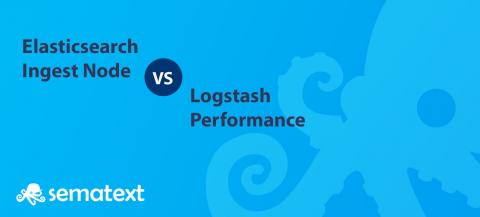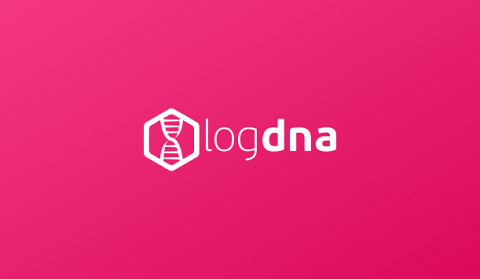Elasticsearch Ingest Node vs Logstash Performance
Starting from Elasticsearch 5.0, you’re able to define pipelines within it that process your data, in the same way you’d normally do it with something like Logstash. We decided to take it for a spin and see how this new functionality (called Ingest) compares with Logstash filters in both performance and functionality. Is it worth sending data directly to Elasticsearch or should we keep Logstash?











